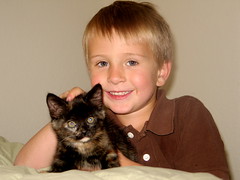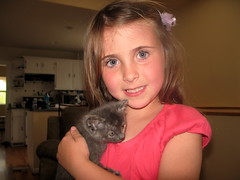What would you like to see at TSSJS 2010?
 A couple months ago, I was asked by TheServerSide to speak at next year's TheServerSide Java Symposium in Las Vegas. In addition, they asked me to help them evaluate presentation proposals and suggest topics/speakers.
A couple months ago, I was asked by TheServerSide to speak at next year's TheServerSide Java Symposium in Las Vegas. In addition, they asked me to help them evaluate presentation proposals and suggest topics/speakers.
First of all, I think the biggest thing that TSSJS could do to improve is to host more networking events. With the JavaOne Party being over, I think there's a tremendous opportunity to fill a gap in the networking needs of the Java Community. When I first attended TSSJS in 2006, there were a fair amount of parties and everyone got to interact quite a bit. In 2008, there were no networking events. I believe having a strong networking story would attract a lot more attendees, companies and sponsors.
Secondly, I think it's possible that TSSJS has too many server-side related sessions. IMO, the server-side (and middleware in general) isn't that exciting. TechTarget appears to own TheClientSide, so why not add some more client-side stuff to the mix? For example, I'd love to see a Struts 1 app-makeover using different technologies (for example, Flex, GWT and jQuery). I think HTML5 and Google Wave's Architecture sessions would be interesting too. If adding client-side sessions is too far away from TheServerSide, maybe it should be renamed to TheServerSide JVM Symposium and there can be all kinds of sessions on JVM languages (e.g. Scala, JRuby, Groovy) and all the great things those languages can accomplish.
Lastly, I've been asked to send a couple session proposals. Currently, I'm thinking about a doing GWT vs. Flex Smackdown with James Ward, but I'm open to other ideas. It's been quite awhile since I did a "Comparing Web Frameworks" talk. Maybe "Hot Web Frameworks for 2010" is more appropriate? I also think it'd be interesting to do a somewhat philosophical talk on "The State of Web Frameworks" and where we're headed in the next year.
What would make you want to attend TSSJS next year? Let me know your thoughts and I'll do my best to make them a reality.
Update October 22, 2009: Whoo hoo! It looks like TheClientSide will be a part of TSSJS Vegas next year. Should be a great show.




























